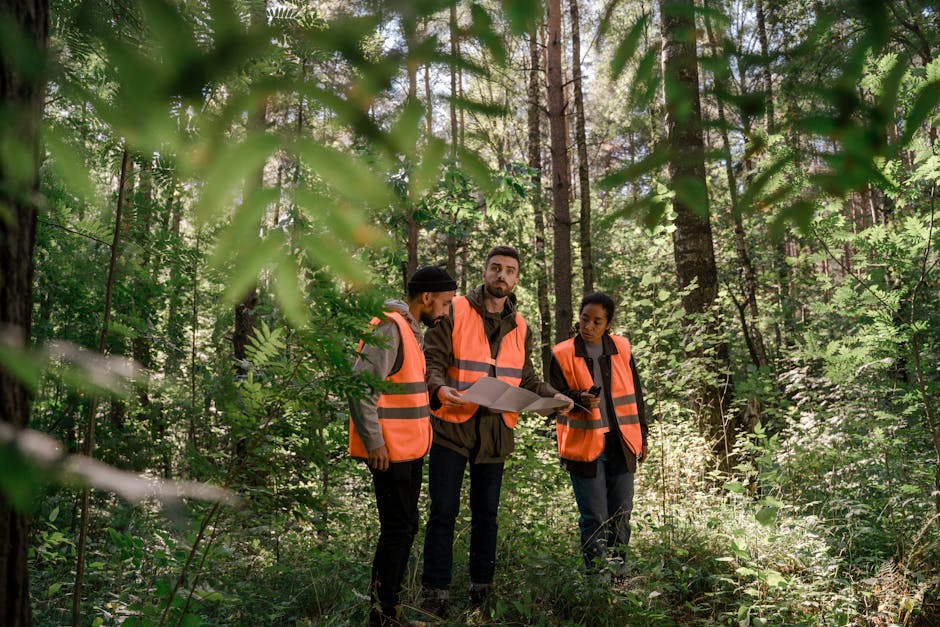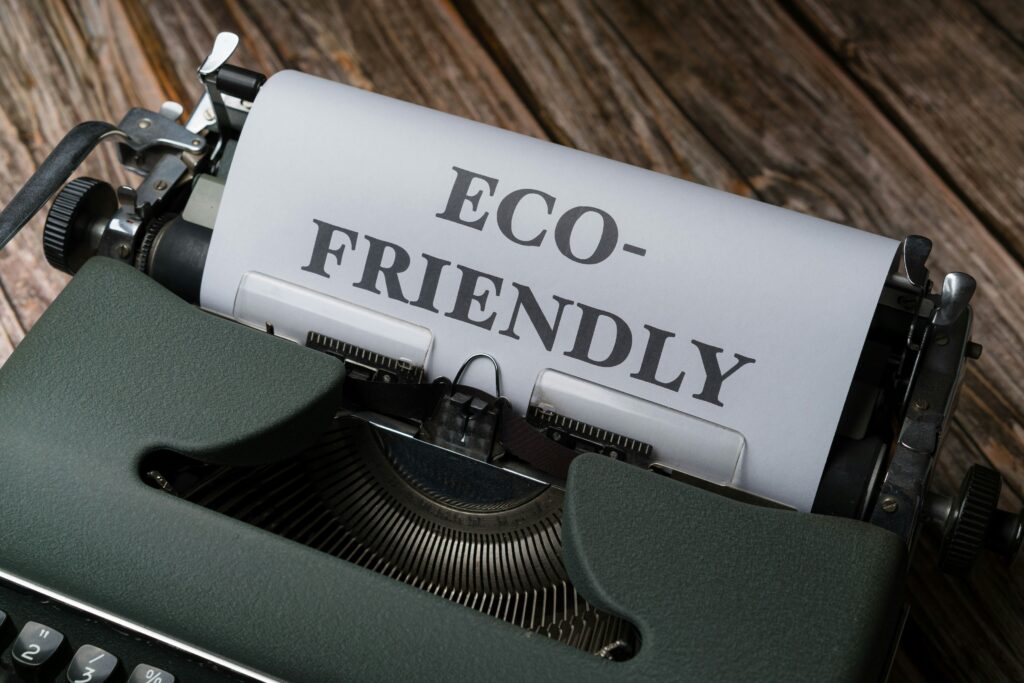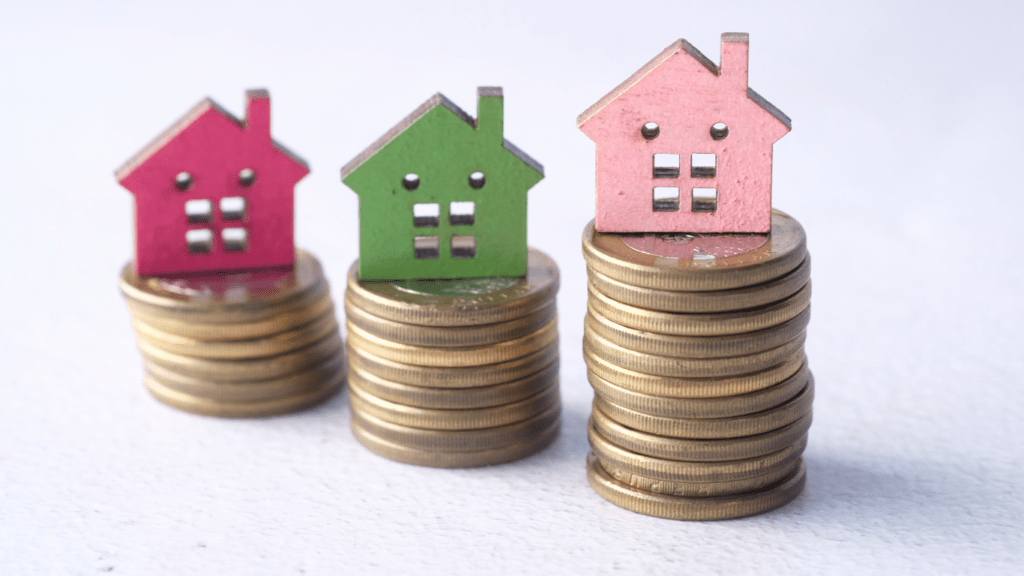Why NFTs Faced Environmental Backlash
When NFTs started making headlines in the mainstream, it didn’t take long for criticism to follow. The core issue? Energy consumption. Most NFTs were minted and traded on blockchains like Ethereum, which at the time relied on a proof of work model. That system used sprawling networks of computers solving complex math problems to verify transactions, and it wasn’t subtle about its electricity use. We’re talking more energy per year than some small countries.
This didn’t sit well with the creative community fueling the NFT boom. Artists, designers, and musicians many of whom lean eco conscious or work in sustainability adjacent circles began asking hard questions. Why were digital art sales tied to such high energy demands? Why weren’t blockchain developers reckoning with the fallout?
The criticism wasn’t just technical it was cultural. Public pressure mounted. Online forums filled with debates. Some artists backed away from NFT launches altogether or deleted mints after backlash. The message was clear: if NFTs were going to stick around, the environmental cost had to go down. Fast.
Blockchain Is Getting Greener
When Ethereum transitioned from proof of work to proof of stake in 2022, it wasn’t just a technical upgrade it was a turning point for the environmental future of NFTs. The shift chopped Ethereum’s energy usage by more than 99%, a figure that caught the attention of critics and advocates alike. Mining rigs and high power consumption were largely replaced by validator nodes with drastically lower footprints. For creators minting on Ethereum, this meant less backlash and more room to experiment without guilt.
But Ethereum isn’t the only platform trying to clean up. Newer blockchains like Tezos, Flow, and Polygon were built with energy efficiency in mind from the start. Their consensus mechanisms already bypass the intense power draw that made early NFT drops such a lightning rod. For artists and collectors looking for cleaner options, these chains offer a lower impact alternative without sacrificing quality or functionality.
Then there’s the buzz around carbon offsetting protocols. Some claim to neutralize emissions after the fact, tying digital assets to real world carbon credits. On paper, this sounds like a win. In practice, results vary. Offsetting is only as good as the system verifying it. While it’s a noble step, it’s not a license to ignore energy usage altogether. The better angle is to reduce upfront, then supplement with offsets not the other way around.
Projects Leading the Eco Charge

Not all NFT platforms are built the same and in 2024, the biggest players in the green space are the ones setting new standards.
Case in point: OneOf. Built on Tezos, the platform has made headlines for offering net zero emissions and a slick user experience. They’ve partnered with musicians, athletes, and even major events to mint low impact NFTs at scale. Another standout is Voice, which moved entirely to a carbon neutral model and focused on curation, giving artists tools to mint responsibly and connect with eco conscious communities.
Projects like these aren’t just tech showcases they’re proving demand exists for sustainable minting. Artists like Krista Kim and Mike Winkelmann (aka Beeple) have publicly embraced clean platforms or taken steps to offset their emissions. Developers are also getting smart, integrating carbon tracking tools directly into minting workflows, giving creators clearer insight into their impact.
And it’s not just coming from the top. A new wave of collectors is showing up asking hard questions. What chain was this minted on? What’s the energy footprint per NFT? These buyers aren’t just speculators they’re curating their digital collections like they would food or fashion: consciously. Platforms that can’t answer those questions are getting left behind.
How You Can Mint Responsibly
Minting NFTs doesn’t have to mean torching the planet. As the space matures, more artists and developers are going beyond aesthetics and profits and they’re starting with the chains they choose. The rule of thumb? Go where the energy burn is lowest.
Low energy blockchains like Tezos, Flow, and Polygon are leading the way. These proof of stake systems burn a fraction of the electricity that old proof of work chains used to. They’re fast, low cost, and best of all, greener by design. If you’re minting NFTs in 2024, using these chains isn’t just smart it’s expected.
But it doesn’t stop there. Tools now exist to help you calculate the carbon footprint of your NFT drops, mint by mint. Platforms like Aerial and Offsetra allow you to see what you’re consuming and give options to offset it. That’s not a marketing gimmick. That’s table stakes for anyone taking sustainability seriously.
This is also what the new wave of collectors is watching for. The so called “conscious collectors” aren’t just buying digital art they’re vetting its environmental impact. They favor creators who walk the talk: clean minting platforms, transparent carbon tracking, and a visible effort to minimize harm. If you’re ignoring this trend, you’re limiting your future audience.
Want to know what else matters when minting green? Dive deeper on NFT environmental concerns.
The Road Ahead for Green NFTs
The buzzword now is innovation and in the green NFT space, it’s not just talk. Layer 2 scaling solutions are cutting down transaction loads and energy costs by shifting activity off the main blockchain. Think faster, cheaper, cleaner. At the same time, experimental ideas like green DAOs (decentralized autonomous organizations) are letting communities make collective, eco conscious decisions about how platforms evolve or where funds are directed.
Smart contracts are getting, well, smarter. Developers are building ones that can automatically verify environmental criteria or trigger donations to offset emissions. These tweaks won’t save the planet overnight, but they’re closing the gap between digital creativity and real world responsibility.
The broader win? Awareness is growing across creators, collectors, and platforms. More people in the space are asking hard questions about what “clean” actually means. But verification remains a gray area. The market still lacks consistent, enforceable standards. So while sustainability badges and carbon offset claims are everywhere, not all of them stand up to scrutiny.
Good news: momentum is on the side of transparency. Tools and watchdog initiatives are on the rise. And pressure from eco minded audiences is keeping the bar high.




